In Japan is tradition enjoy the time with flowers such as Cherry Blosson (SAKURA). This tradition is called "HANAMI", ceremony to celebrate flowers.
REFERENCE:
WORK CITED
Spring: Season of Cherry Blossoms. Films On Demand. Films Media Group, 2002. Web. 18 Mar. 2015. <http://digital.films.com/PortalPlaylists.aspx?aid=12207&xtid=30316>.
VIDEO
http://db16.linccweb.org/login?url=http://digital.films.com/PortalPlaylists.aspx?aid=12207&xtid=30316
Japan has a beautiful variety seasonal flowers and plants. Japanese people have a deep affection for the beauty of the landscape.
Popular Types of Flowers in Japan:
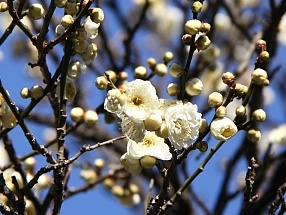

Plum Blossoms ( Ume) Cherry Blossoms (Sakura)
Typical Season: Mid Feb Through Mar Late Mar through mid Apr

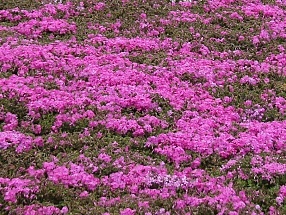
Tulips Pink Moss (Shibazakura)
Typical Season: End Apr to early May Mid Apr to Mid May
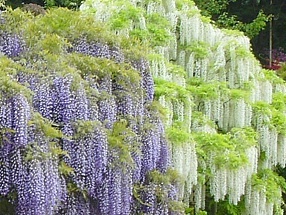
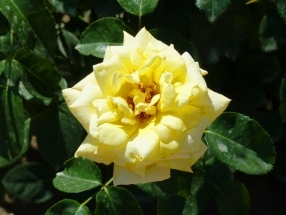
Wisteria (Fuji) Roses (Bara)
Typical season: Late Apr to early May (Tokyo) The month of May (Tokyo)
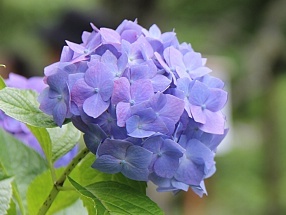
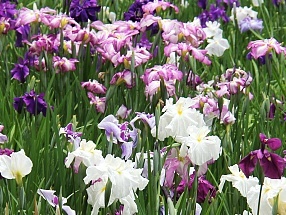
Hydrangea (Ajisai) Irises (Hanashobu)
Typical Season: Mid Jun to mid Jul The month of June (Tokyo)
(Kamakura, Hokone)

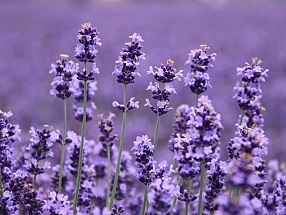
Sunflowers ( Himawari) Lavander
Typical Season: end Jul to early Aug (Hokkaido) Mid Jul to early Aug ( Hokkaido)
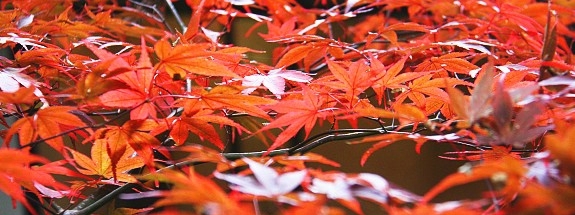
Autumn Colors (Koyo)
Mid Sep to early Dec (Nationwide)
Japan Fauna (wild-nature)
There are many species of animals living in the wild. The Japanese Fauna varies from brown bears in Hokkaido to tropical snakes in Okinawa. Japanese monkeys live through out Country except in Hokkaido.
REFERENCE: WORK CITED
The Japanese Crested Ibis Starting Over from Zero (03:58). WEB JAPAN, 2013. DVD.
VIDEO
http://web-japan.org/jvt/en/streaming/mp4/jvt_13-14_no3_3_en_256k_mp4.html

Crested Ibis (Toki)
Scientific name Nipponia Nippon
They have a special place in Japanese hearts because they are birds close to extinction and has not flown in the skies over Japan for many years. These birds are in a special and unique place named SADO TOKI CRESTED IBIS CONSERVATION CENTER.
Red Fox
The red fox (Kitsune) plays a role in Japanese culture because Japanese people believe that fox has a magical aura and has a super natural power. According to the religion foxes were guardian and messengers of the god of rice (Inari).
There are many animals representing Japan such as:
FISH
 JAPANESE
JAPANESE MONKEY (MACAQUE)
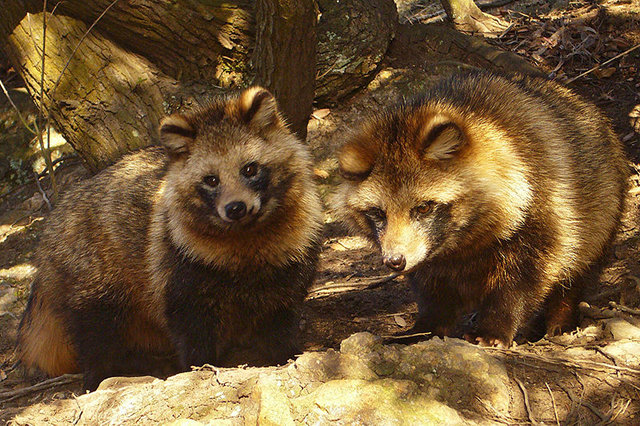
WILD TANUKI ARE KIND OF RACOON DOG
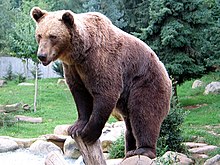 BROWN BEAR (USSURI)
BROWN BEAR (USSURI) JAPANESE HARE (RABBIT)
JAPANESE HARE (RABBIT) JAPANESE SEROW (GOAT)

MY OPINION
I am very impressed how the relationship between Japanese people and the environmental is full of tradition and culture. By history Japanese's religion teaches people to have a deep reverence for NATURE.
WHEN THE EMPEROR WAS DIVINE

When emperor was divine is a excellent novel. I had mixed feeling when I was reading because the story about a Japanese American family was devastated when their father was taken away by conspiracy. My heart broke a hundred times in a short hours when I was reading. The narrative life in a barracks was the sad moment to me because this family was interned in a internment camp for only one reason that they were Japanese and therefore American's thought was that Japanese people were their enemies.
I recommend this book for the quality of the writing. This book invite to examine what the democracy, patriotism, justice or freedom mean.
EAST SIDE SUSHI

JUANA MARTINEZ

Juana Martinez, Mexican a worker-Latin mother who wants to
become a sushi chef. She taught me to never give up even taking many barriers, dreams can fulfill, we do not need money just to have the desire to fight and realize your dreams. No matter the gender, race or color just to do what you want to be.
Very colorful flowers on the above picture. Nice work!
ReplyDeleteThank You Marcos.
ReplyDelete